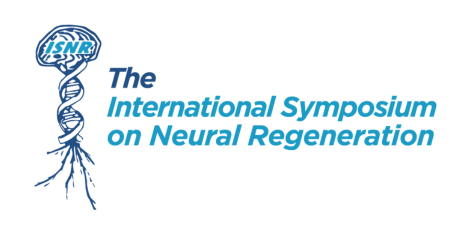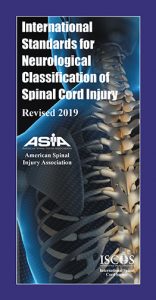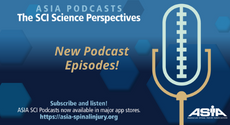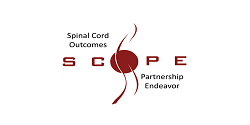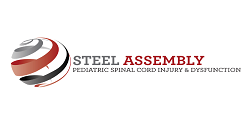.
| Health Maintenance Checklist |
|---|
1. Consider at least yearly assessment of pain or assessment with any changes and its interference on quality of life.
2. Assess for type of pain (neuropathic, nociceptive), interference in life, function, and management.
3. Consider using Can Pain SCI algorithm and SCIPI assessment tool to quickly screen and identify neuropathic pain.
4. Monitor effectiveness of pain management and side effects.
| Lista de verificación del mantenimiento de la salud |
|---|
1. Considerar al menos una evaluación anual del dolor o una evaluación ante cualquier cambio o interferencia con la calidad de vida.
2. Evaluar el tipo de dolor (neuropático, nociceptivo), su interferencia en la vida, función y manejo.
3. Considerar el uso del algoritmo CanPain SCI y la herramienta de evaluación SCIPI para una evaluación rápida e identificación del dolor neuropático.
4. Monitorear la efectividad del manejo del dolor y sus efectos secundarios.
.
| Episodic Care Considerations |
|---|
1. Pharmacological treatment
° For nociceptive pain, consider symptomatic management with acetaminophen and nonsteroidal anti-inflammatory drugs.
° For neuropathic pain, consider gabapentin, pregabalin, or amitriptyline as first-line medication management.
2. Nonpharmacological interventions such as exercise therapy and cognitive behavioral therapy should be offered in conjunction with pharmacological interventions.
3. Consider referral to physiotherapy/occupational therapy for further evaluation and management of pain.
4. Consider referral to specialist for refractory pain despite treatment, complex pain, or complications (e.g., autonomic dysreflexia)
| Consideraciones de cuidado episódico |
|---|
1. Tratamiento farmacológico
a. Para dolor nociceptivo: considerar manejo sintomático con acetaminofeno y antiinflamatorios no esteroideos.
b. Para dolor neuropático: considerar gabapentina, pregabalina o amitriptilina como primera línea de manejo.
2. Las intervenciones no farmacológicas como terapia física y terapia cognitivo conductual deben ser ofrecidas junto con las intervenciones farmacológicas.
3. Considerar la derivación a fisioterapia/terapia ocupacional para una evaluación más profunda y manejo del dolor.
4. Considerar la derivación a un especialista cuando el dolor sea refractario al tratamiento, cuando sea un dolor complejo o ante complicaciones (p. ej.: disreflexia autonómica).


